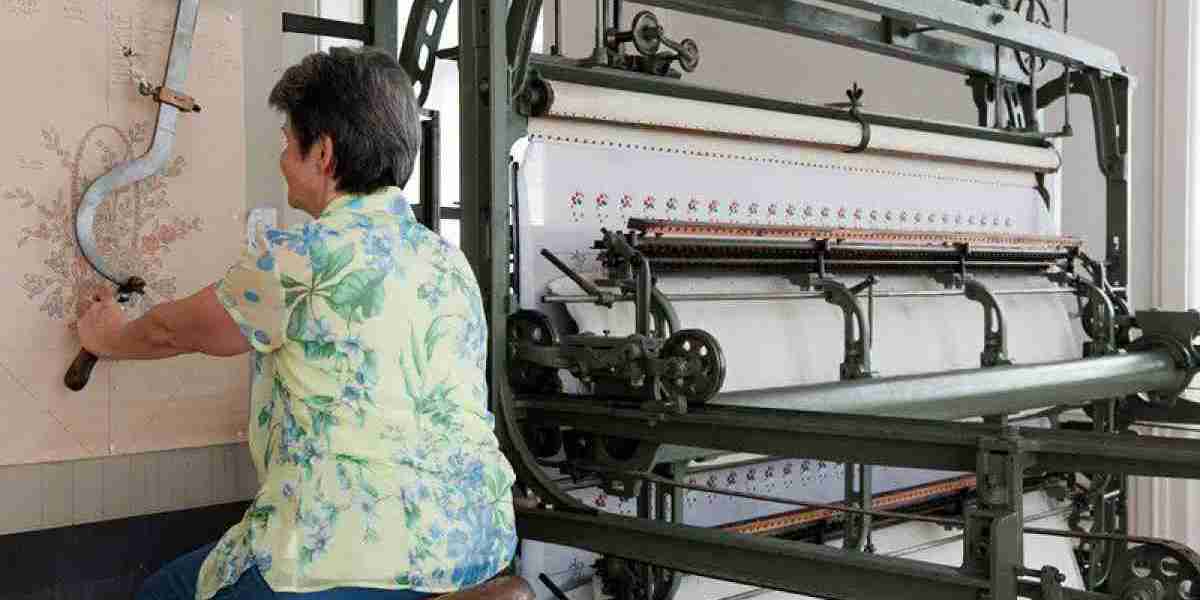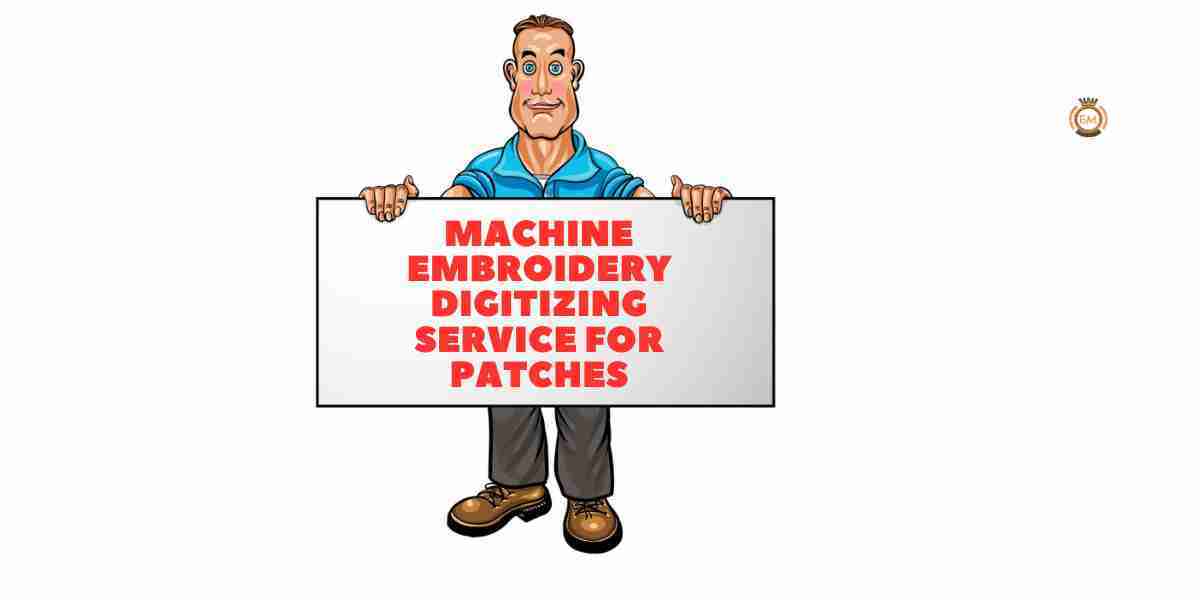Introduction: Why DST Digitizing Matters for Your Brand
In the world of custom embroidery, DST digitizing is the magic that transforms your artwork into a stitch-ready file. Whether you’re creating branded apparel, promotional merchandise, or uniforms, the quality of your digitized design can make or break the final look. But with so many digitizing services out there, how do you know which one is the best fit for your brand?
That’s where this guide—DST Digitizing Services: How to Choose the Right One for Your Brand—comes in. We’ll walk you through everything from understanding DST files to spotting red flags when picking a provider. Let’s make sure your next embroidery project turns out just as polished as your vision.
What is DST Digitizing?
Before you start shopping around for services, it helps to understand what DST digitizing actually is.
DST File Format in Embroidery
DST stands for Data Stitch Tajima, a widely used file format in embroidery machines.
It contains instructions for stitch placement, direction, and type.
Created through a process called digitizing, where artwork is converted into machine-readable embroidery code.
Why Is It Important?
Ensures accuracy and consistency in embroidery output
Allows for precise control over each stitch
Supports compatibility with most commercial embroidery machines
Without a high-quality DST file, even the best machines and materials can result in uneven or sloppy stitching.
DST Digitizing Services: How to Choose the Right One for Your Brand
Now that we understand the importance, let’s dive into how to select a service that aligns with your brand's goals, standards, and budget.
1. Understand Your Needs First
Ask Yourself:
What kind of designs are you working with—simple logos or complex images?
How frequently will you need digitizing?
Is this for a one-time project or ongoing production?
Knowing your specific needs will help you filter services more effectively.
2. Evaluate the Quality of Their Work
Signs of High-Quality DST Digitizing:
Clean and smooth stitch paths
Consistent density and underlay stitching
Minimal trims and jumps to reduce production time
Balanced push and pull compensation
How to Check?
Ask for a portfolio or samples
Request test sew-outs to see how their files perform on actual fabric
? Red Flag: If they can’t provide examples or test files, move on.
3. Turnaround Time: Speed vs. Precision
Fast Isn’t Always Better
While many digitizing services promise quick delivery (within 4–24 hours), speed shouldn't come at the cost of quality.
Match Turnaround to Project Scope
Same-day delivery for small, simple designs
1–2 business days for detailed or large designs
? Tip: Ask about rush order availability and associated fees.
4. Pricing Structure: Know What You’re Paying For
Typical Pricing Models:
Flat rate per design (e.g., $10–$30 per logo)
Price per 1,000 stitches
Monthly subscriptions for bulk users
Beware of Hidden Costs
Extra charges for revisions
Fees for different file formats or colorways
Higher costs for complex artwork
Always get a clear quote upfront, and compare pricing from at least 2–3 providers.
5. File Format Compatibility
Ensure the provider delivers your file in the format(s) you need:
DST for Tajima machines (industry standard)
Other formats like PES, EXP, JEF, HUS depending on your embroidery machine
Bonus if they offer multiple formats at no additional cost.
6. Revisions and Support
Embroidery digitizing isn’t always perfect on the first try. A good provider should offer:
Free or low-cost revisions
Responsive customer support
Helpful feedback for optimizing your design
? Tip: Look for providers with live chat or 24/7 email support for urgent projects.
7. Reputation and Reviews
Where to Look:
Google Reviews
Trustpilot
Facebook business pages
Embroidery forums and communities
Look for consistent feedback about quality, communication, and reliability.
8. Do They Understand Branding?
You’re not just digitizing for fun—you’re representing your brand. That means:
The provider should understand brand identity
They should preserve font accuracy, color matching, and design proportions
Brands with signature designs or typography need that extra layer of precision.
9. Communication and Customization
Great digitizers don’t just follow instructions—they ask questions. You want a service that:
Asks for details on fabric type
Inquires about preferred stitch types (satin, fill, etc.)
Offers suggestions to enhance design clarity
Communication goes a long way in ensuring your project turns out great the first time.
10. Local vs. Offshore Services: What’s Better?
Both have pros and cons depending on your priorities.
Local Services
Easier communication
Faster shipping of sewn samples
May be more expensive
Offshore Services
Often cheaper
Available 24/7 due to time zones
Quality can vary greatly—research is crucial
DST Digitizing Services: How to Choose the Right One for Your Brand – Recap
Let’s quickly review the key takeaways from DST Digitizing Services: How to Choose the Right One for Your Brand:
Know your design needs and quality expectations
Look at real samples and test sew-outs
Don’t get lured in by low prices alone—consider support and revisions
Make sure they offer proper file formats and fast communication
Check reviews and request transparency on pricing
By following these steps, you’ll be well on your way to finding a digitizing partner that not only delivers great files—but also makes your brand shine.
Conclusion: Your Brand Deserves the Best
Choosing the right digitizing service is more than just ticking boxes—it’s about ensuring your brand is represented with precision, quality, and style. With embroidery, every stitch matters. And with the help of this guide—DST Digitizing Services: How to Choose the Right One for Your Brand—you’re now equipped to make an informed, confident choice.
So whether you’re a startup creating your first round of merch or an established business seeking consistency, remember: great embroidery starts with great digitizing.







